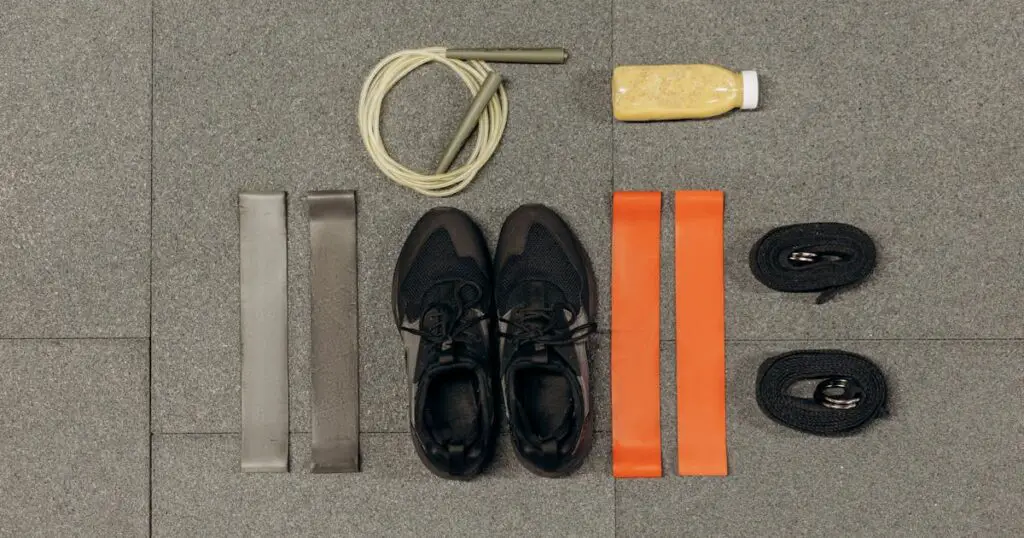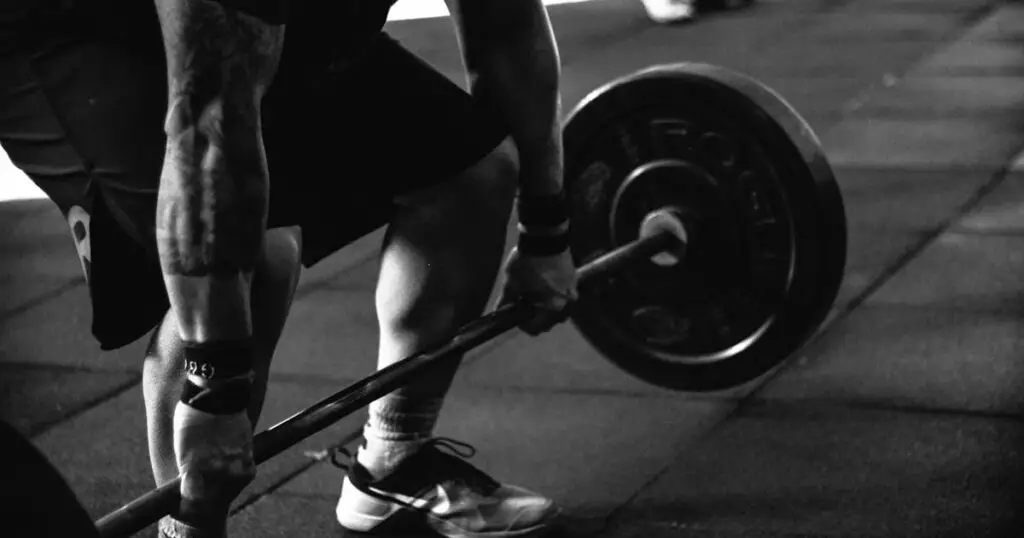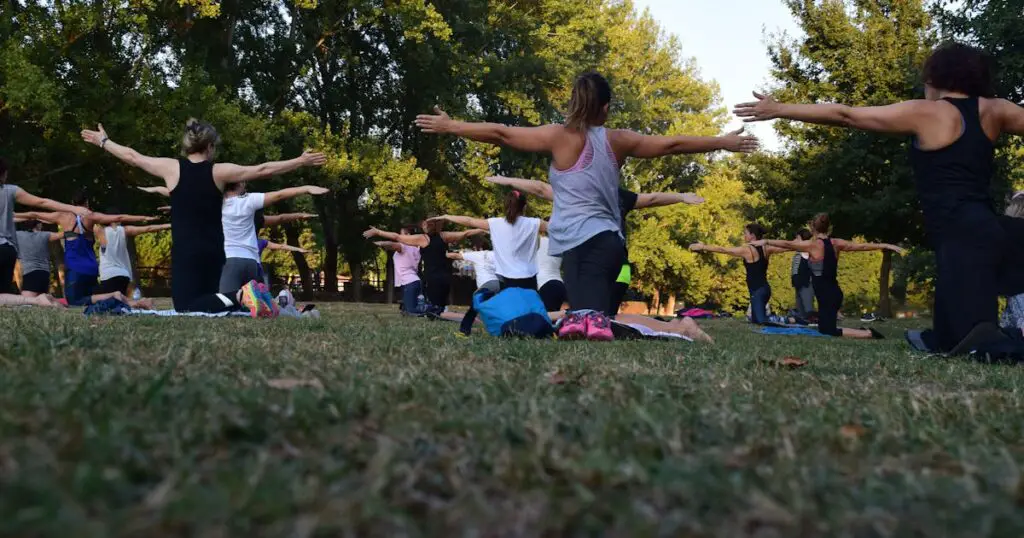Welcome to our guide on how to program strength and conditioning! This topic is for everyone, whether you’re a local resident looking to improve your fitness, a cultural enthusiast curious about different training methods, or a community-oriented individual seeking ways to stay healthy and active.
We believe that wellness should be accessible to all, regardless of background or interests. So whether you’re a food and fashion follower, history and culture buff, or podcast listener searching for ways to incorporate fitness into your routine – this guide is for you!

Consultation
Before starting any strength and conditioning program, it’s crucial to consult with a professional trainer or coach. They can assess your current fitness level, discuss your goals and needs, and make recommendations on the best program for you.
A consultation also allows you to discuss any potential physical limitations or injuries that may affect your training and how to work around them. By starting with a consultation, you can create a customized program that is safe, effective, and tailored to your unique needs.
Demands of Sport
If you have specific athletic goals in mind, it’s essential to understand the demands of your sport. For example, a runner will have different training needs than a weightlifter or a team sports player.
By knowing the movements and skills required for your sport, you can design a program that specifically targets those areas. This approach not only improves your overall performance but also reduces the risk of injury.

Movement Screening and Testing
Movement screening and testing are essential components of any strength and conditioning program. They involve assessing your body’s movement patterns, strengths, and weaknesses to identify any imbalances or areas that need improvement.
This information helps create a more tailored program that addresses your specific needs, rather than using a one-size-fits-all approach.
What is Movement Screening?
Movement screening is the process of evaluating how well your body moves in specific patterns. It typically involves a series of exercises that test mobility, stability, and control in different areas of the body.
These tests help identify any limitations or compensations that may require attention to improve overall performance.
What is Movement Testing?
Movement testing takes the information gathered from screening and uses it to assess your fitness level and progress over time. It often involves exercises and drills that measure strength, power, speed, and endurance.
These tests provide valuable data to track your progress and determine the effectiveness of your training program.

Frequently Asked Questions
In this section, we will be delving into some of the most common inquiries and curiosities that surround our topic.
Do I need to be an athlete to do strength and conditioning?
No! Strength and conditioning is for everyone, regardless of athletic background or abilities. It’s all about improving your overall fitness and well-being.
Can I do my own strength and conditioning program without consulting a professional?
While it’s possible to design your own program, it’s always recommended to consult with a professional trainer or coach first. They can assess your needs and ensure you’re training safely and effectively.
How often should I do movement screening and testing?
This will depend on your goals and program. If you’re new to training, it’s recommended to do screening and testing every 4-6 weeks to track progress. For more experienced individuals, this can be done less frequently.
Is strength and conditioning only for high-intensity workouts?
No! Strength and conditioning can include a variety of workouts, from high-intensity interval training to low-impact exercises. It’s all about finding what works best for your body and goals.
Can I incorporate strength and conditioning into my daily routine?
Absolutely! Strength and conditioning can be done in the gym, at home, or even outdoors. With proper guidance, you can easily incorporate it into your daily routine to improve your overall fitness and well-being.
Conclusion: How to Program Strength and Conditioning?
In conclusion, programming strength and conditioning requires proper consultation, understanding the demands of your sport, and incorporating movement screening and testing.
By following these steps, you can create a customized program that is safe, effective, and tailored to your unique needs. With consistency and dedication, you’ll see improvements in your athletic performance, overall fitness, and quality of life.



Leave a Comment
You must be logged in to post a comment.